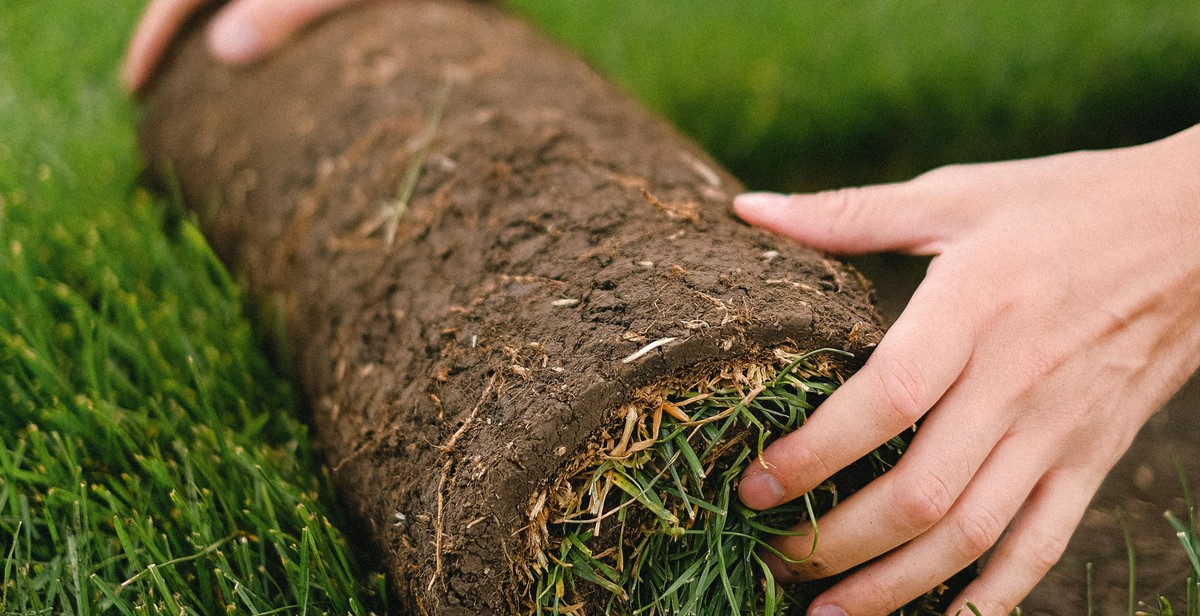How to Build a DIY Vertical Garden using Gutters
Vertical gardens are an innovative and space-saving way to grow plants, herbs, and vegetables in a limited area. This type of garden is perfect for those who live in apartments or have small yards with limited space. A vertical garden can be created using different materials such as pallets, PVC pipes, and gutters.
What is a vertical garden?
A vertical garden is a garden that grows vertically, either on a wall or in a stacked arrangement. It is also known as a living wall, green wall, or vertical planting system. Vertical gardens are an excellent way to utilize small spaces and can be used to grow a variety of plants, including herbs, flowers, and vegetables. They are also a great way to add a touch of greenery to your home or office.
Gutters are a popular material for building a vertical garden as they are affordable, easy to find, and can easily be mounted on a wall or fence. In this article, we will show you how to build a DIY vertical garden using gutters. With a bit of creativity and some basic tools, you can create a beautiful and functional vertical garden that will enhance the look of your home and provide you with fresh produce all year round.

Benefits of a Vertical Garden
Vertical gardens, also known as living walls or green walls, have become increasingly popular in recent years. They offer a variety of benefits beyond just aesthetic appeal. Let’s take a closer look at some of the key benefits of having a vertical garden.
Space-saving
One of the most significant benefits of a vertical garden is that it is space-saving. Vertical gardens can be built in small spaces, making them ideal for those who live in apartments or have limited outdoor space. They allow you to grow plants in a vertical space, rather than taking up valuable floor space.
Improved air quality
Vertical gardens can help improve air quality. Plants absorb carbon dioxide and release oxygen, which can help reduce air pollution. They can also help remove harmful toxins from the air, such as benzene and formaldehyde, which are commonly found in indoor environments.
Reduced noise pollution
Vertical gardens can also help reduce noise pollution. Plants can absorb sound, which can help reduce noise levels in outdoor spaces. This can be particularly beneficial for those who live in urban areas, where noise pollution can be a significant problem.
Increased biodiversity
Vertical gardens can also help increase biodiversity. By providing a habitat for plants, they can attract a variety of wildlife, such as birds, bees, and butterflies. This can help create a more diverse and healthy ecosystem.
Overall, vertical gardens offer a range of benefits that go beyond just their visual appeal. They are space-saving, can improve air quality, reduce noise pollution, and increase biodiversity. If you’re looking for a way to enhance your outdoor space, a vertical garden may be just what you need.

Materials Needed
Building a DIY vertical garden using gutters requires some basic materials that can be easily found in any hardware store. Here are the materials you will need:
Gutters
The main component of this project is the gutters. You will need to purchase gutters that are at least 4 inches wide and 10 feet long. You can choose between vinyl, aluminum, or steel gutters depending on your preference and budget.
End Caps
You will need end caps to close off the ends of the gutters. These are essential to prevent soil and water from leaking out of the gutters. You can find end caps that fit the size of your gutters at the same hardware store where you purchase the gutters.
Hangers
You will need hangers to attach the gutters to the wall. You can either use brackets or straps depending on the type of wall you are attaching the gutters to. Make sure to choose hangers that are strong enough to hold the weight of the gutters and the plants.
Potting Soil
Potting soil is essential for the plants to grow. You will need enough soil to fill each gutter to about ¾ of its depth. You can purchase potting soil at any garden center or hardware store.
Plants
The type of plants you choose for your vertical garden depends on your preference and the amount of sunlight the wall receives. Some great plants for vertical gardens include herbs, succulents, and small flowers.
Tools
Lastly, you will need some basic tools to complete this project. These include a drill, screws, a level, and a measuring tape. Make sure to have these tools on hand before starting the project.

Step-by-Step Guide for Building a DIY Vertical Garden using Gutters
Vertical gardens are a great way to add a touch of greenery to your home and make the most of limited space. Creating one using gutters is a simple and cost-effective solution. Here’s a step-by-step guide to building a DIY vertical garden using gutters.
Step 1: Measure and Cut Gutters
The first step is to measure and cut the gutters to the desired length. You can use a hacksaw or a jigsaw to cut the gutters to the desired length. Make sure to measure accurately to avoid any mistakes.
Step 2: Install End Caps
Once you have cut the gutters, the next step is to install end caps on both sides to prevent the soil from spilling out. You can secure the end caps with adhesive or screws. Make sure the end caps are tightly secured to avoid any leaks.
Step 3: Install Hangers
The next step is to install hangers on the back of the gutters to hang them on the wall. You can use metal brackets, hooks, or even zip ties to secure the gutters to the wall. Make sure the hangers are evenly spaced and securely attached to the wall.
Step 4: Fill with Potting Soil
Once the gutters are securely attached to the wall, the next step is to fill them with potting soil. Make sure to use a high-quality potting mix that is suitable for the plants you plan to grow. Fill the gutters with soil up to 2/3 full.
Step 5: Plant your Plants
Finally, it’s time to plant your plants. Choose plants that are suitable for vertical gardens such as succulents, herbs, or small flowering plants. Make sure to space the plants evenly and plant them at the same depth as they were in their original pots. Water the plants thoroughly after planting.
With these five simple steps, you can create a beautiful and functional DIY vertical garden using gutters. Enjoy your new green space!

Maintenance
Proper maintenance is key to ensuring the success of your DIY vertical garden. Here are some tips on how to keep your plants healthy and thriving:
Watering
Watering is a crucial aspect of vertical gardening as plants in this type of garden tend to dry out quicker than those in traditional gardens. It is recommended that you water your vertical garden at least once a day, especially during hot and dry weather. However, be careful not to overwater as this can lead to root rot and other plant diseases. A good rule of thumb is to water until the soil is moist but not waterlogged.
Fertilizing
Regular fertilizing is important for the growth and health of your plants. You can use organic or synthetic fertilizers, depending on your preference. It is recommended to fertilize your vertical garden once a month. You can also use slow-release fertilizers that will nourish your plants over a longer period of time.
Pruning
Pruning is necessary to keep your plants in good shape and prevent them from becoming too leggy or overgrown. Regular pruning will also encourage new growth and improve overall plant health. When pruning, be sure to use clean and sharp tools to avoid damaging the plants.
Pest Control
Just like any other garden, pests can be a problem in a vertical garden. Common pests that can attack your plants include aphids, spider mites, and whiteflies. To prevent pests from infesting your garden, keep it clean and free of debris. You can also use natural remedies such as neem oil or insecticidal soap to control pests.
| Aspect | Frequency | Tips |
|---|---|---|
| Watering | At least once a day | Water until soil is moist but not waterlogged |
| Fertilizing | Once a month | Use organic or synthetic fertilizers |
| Pruning | Regularly | Use clean and sharp tools |
| Pest Control | As needed | Keep garden clean and use natural remedies |

Conclusion
Vertical gardening is a great way to maximize space and add a touch of greenery to your home. Building a DIY vertical garden using gutters is an affordable and easy option that can be customized to fit your space and style.
Before starting your project, it’s important to choose the right location for your vertical garden and consider factors such as sunlight and water access. Once you have your location set, gather your materials and follow the steps outlined in this article to create your own unique and functional vertical garden.
Remember to choose the right plants for your vertical garden and ensure they have enough space to grow. Proper maintenance is also key to the success of your garden, so make sure to water and fertilize regularly and prune as needed.
With a little creativity and effort, you can have a beautiful and thriving vertical garden that adds beauty and functionality to your home. So, roll up your sleeves and get started on building your own DIY vertical garden using gutters!
- Choose the right location for your vertical garden
- Gather your materials and follow the steps outlined in this article
- Choose the right plants and ensure they have enough space to grow
- Maintain your garden with regular watering, fertilizing, and pruning
Thank you for reading this article on how to build a DIY vertical garden using gutters. We hope you found it informative and helpful in your gardening journey.
